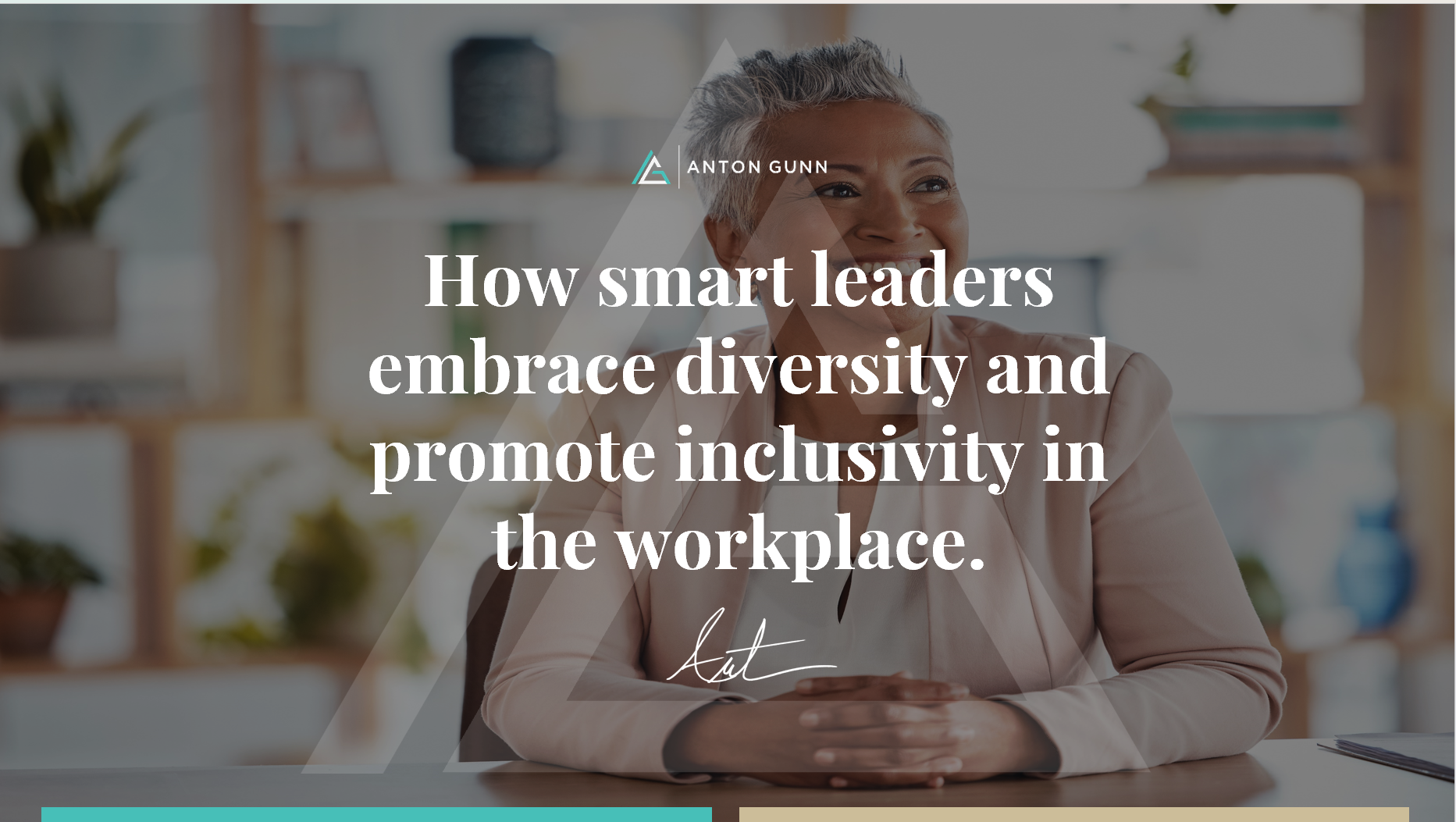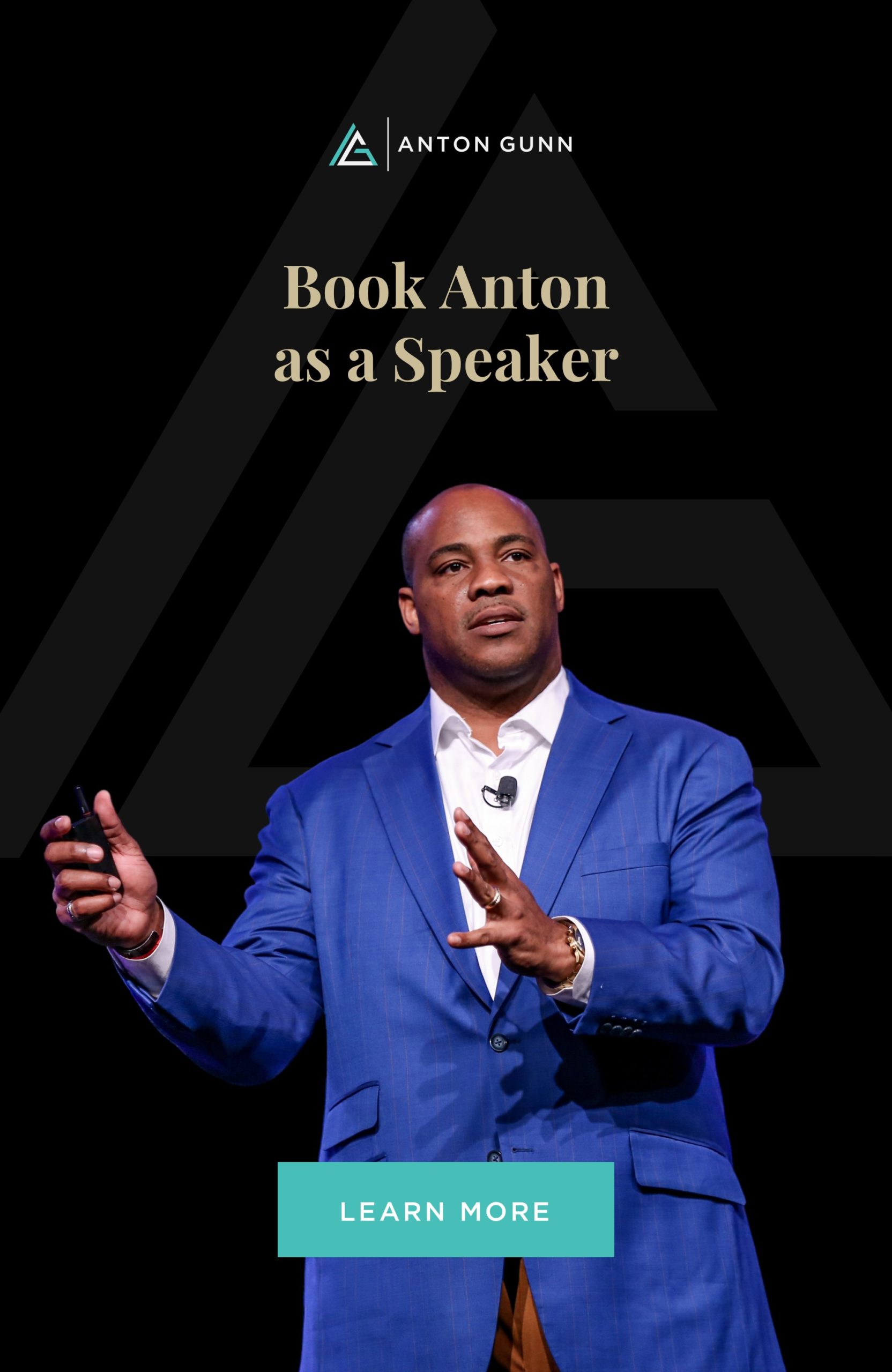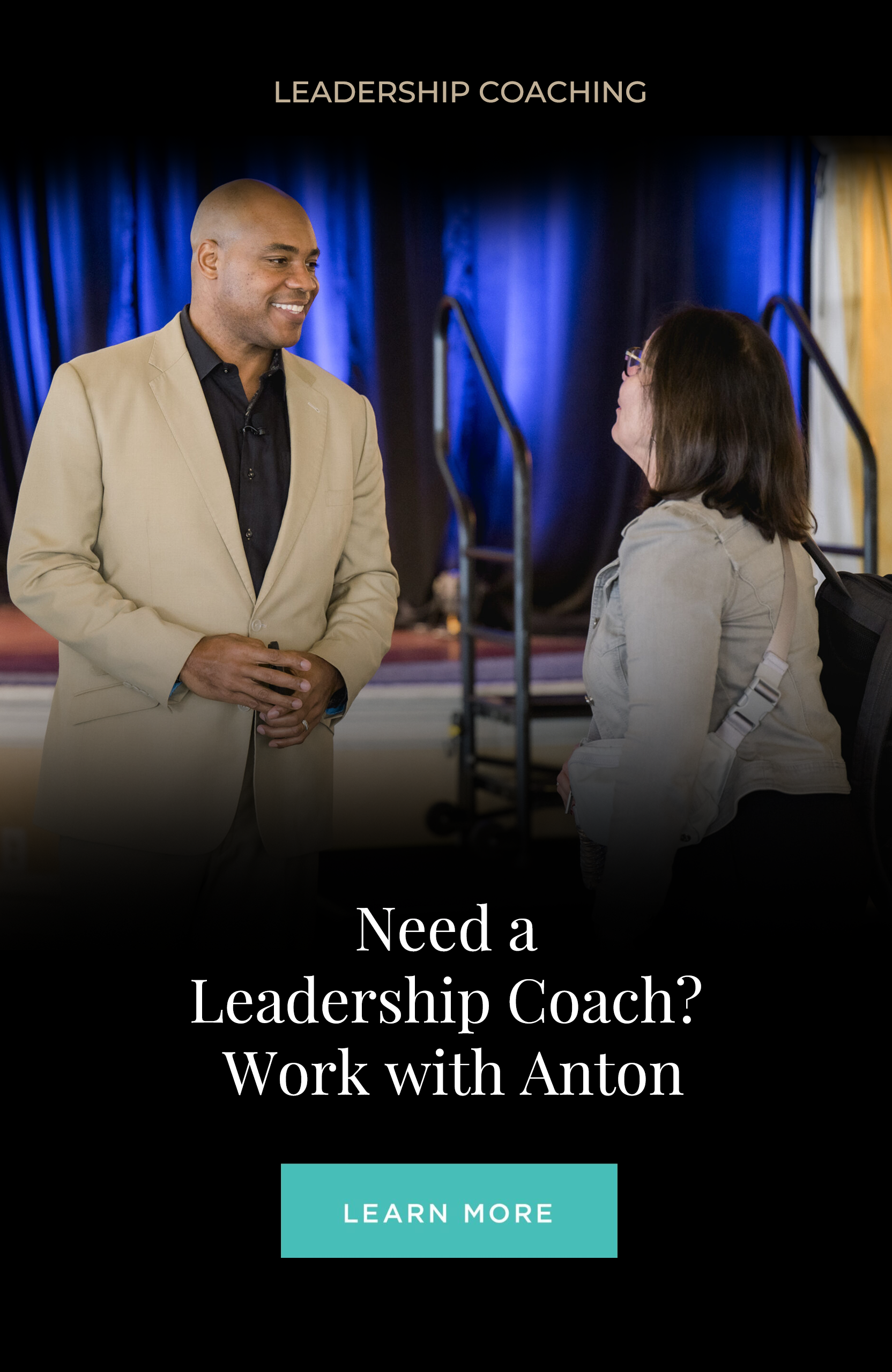In my travels, speaking engagements, and consulting work with large organizations, one fact stands out: the face and approach of leadership are changing. We’re shifting from an era of singular leadership dominated by rigid hierarchies to a more dynamic and inclusive paradigm. It’s more than just a trend—it’s a revolution and it’s about time. In this blog, we delve into the realm of Smart Leadership and its embrace of diversity and inclusivity in the workplace.
From Singular to Collective Leadership
Historically, leaders were revered figures, sometimes operating from an ivory tower with decisions flowing down. Now, we see leadership as a collective pursuit. The modern leader acknowledges that innovation doesn’t come from isolation; it’s the fruit of diverse minds coming together. They ask, “How can I serve my team?” rather than expecting to be served.
The Active Pursuit of Diverse Perspectives
In my early leadership days, I often found myself as the only person of color at decision-making tables. Now, we see a growing understanding that such homogeneity isn’t just detrimental for the underrepresented but for organizations as a whole. Diversity isn’t a box to be checked; it’s a strategy for richer insights, more informed decisions, and a broader customer base.
The Ripple Effect of Inclusion
But embracing diversity is just one side of the coin. Inclusivity ensures that these diverse voices are heard, valued, and given the agency to effect change. I’ve seen firsthand how giving people a platform—and genuinely listening—can turn a disillusioned employee into a passionate advocate and innovator.
Leading by Learning
What sets modern leaders apart is their unquenchable thirst for learning. They don’t shy away from tough conversations about racial disparities, gender biases, or any form of workplace injustice. They lean into these discussions, often looking to learn more from their team members than textbooks.
Measuring Success Beyond Profits
The metrics for success have diversified. No longer is the bottom line the sole indicator. Modern leadership recognizes that a company’s true value is measured by its cultural richness, employee satisfaction, community impact, and its stand on social issues.
Conclusion
As leaders, our journey is ongoing. Each day offers lessons, especially from those whose voices we’ve historically overlooked. If we truly want to usher in a golden age for our organizations, we must embrace the goldmine that is a diverse and inclusive workforce.
Remember, leadership isn’t about titles or corner offices—it’s about influence. And in today’s interconnected world, that influence is most potent when it’s reflective of the vast tapestry of human experience.
Did you love this blog and want to read more? Keep reading
Catch Anton Gunn Live on LinkedIn







